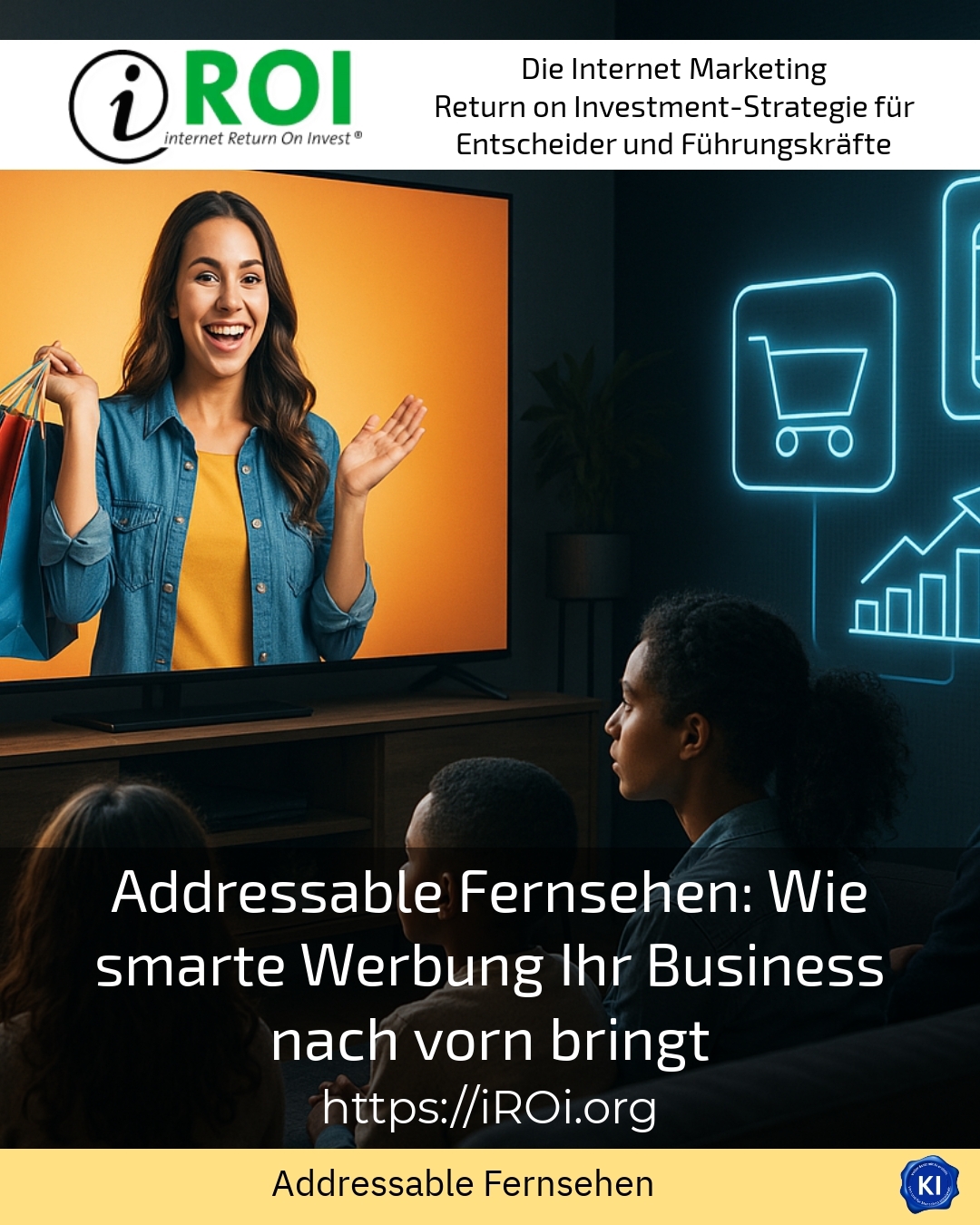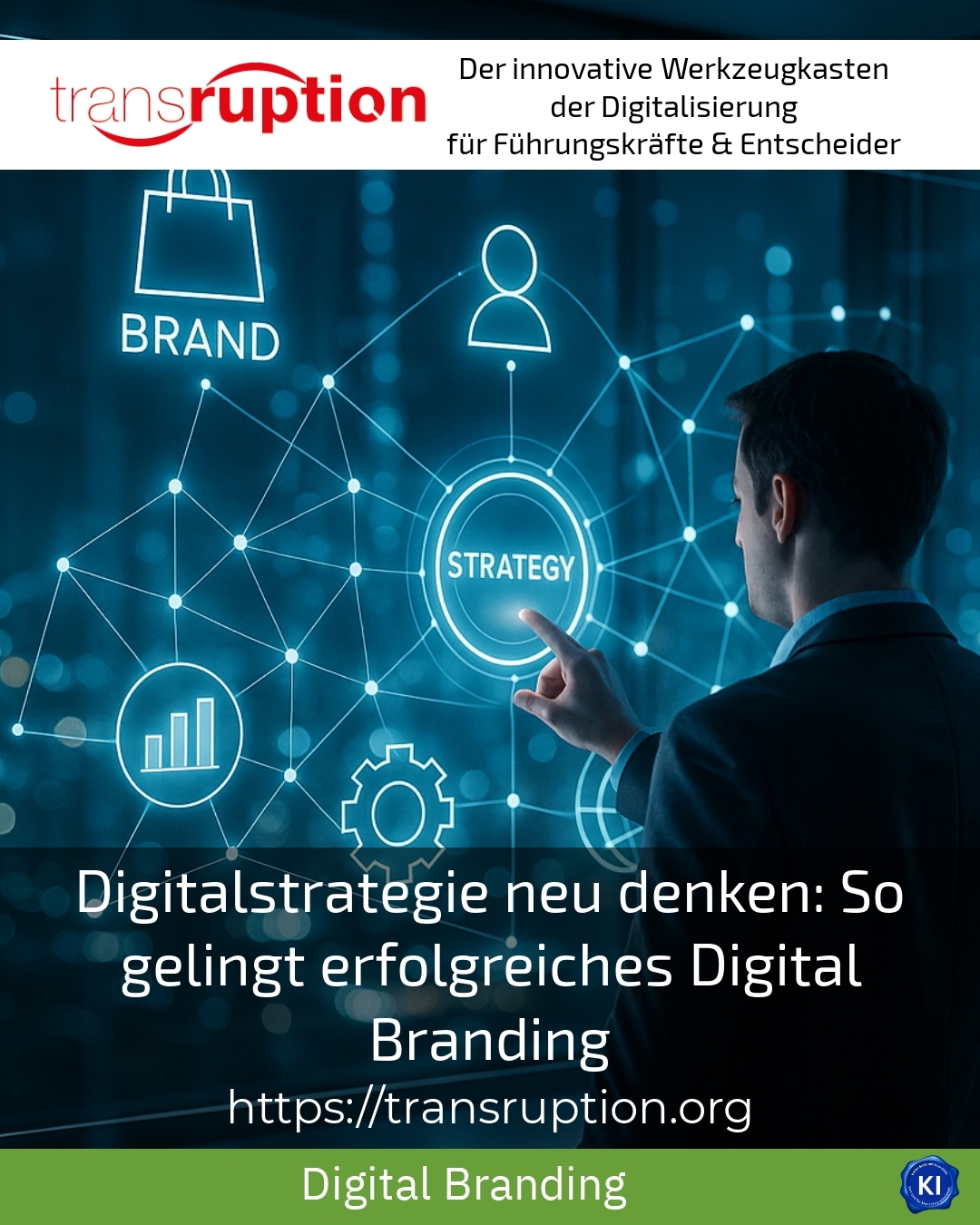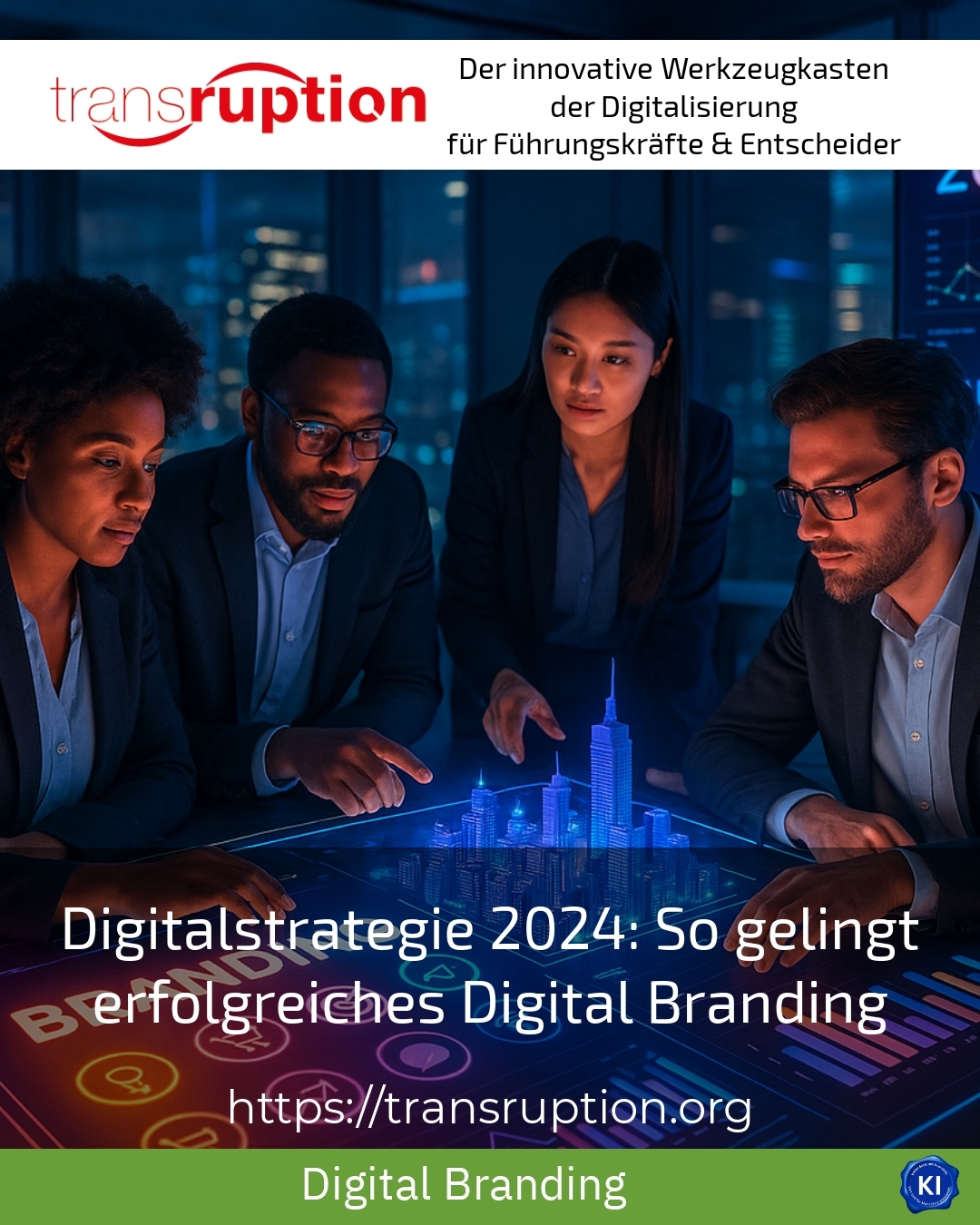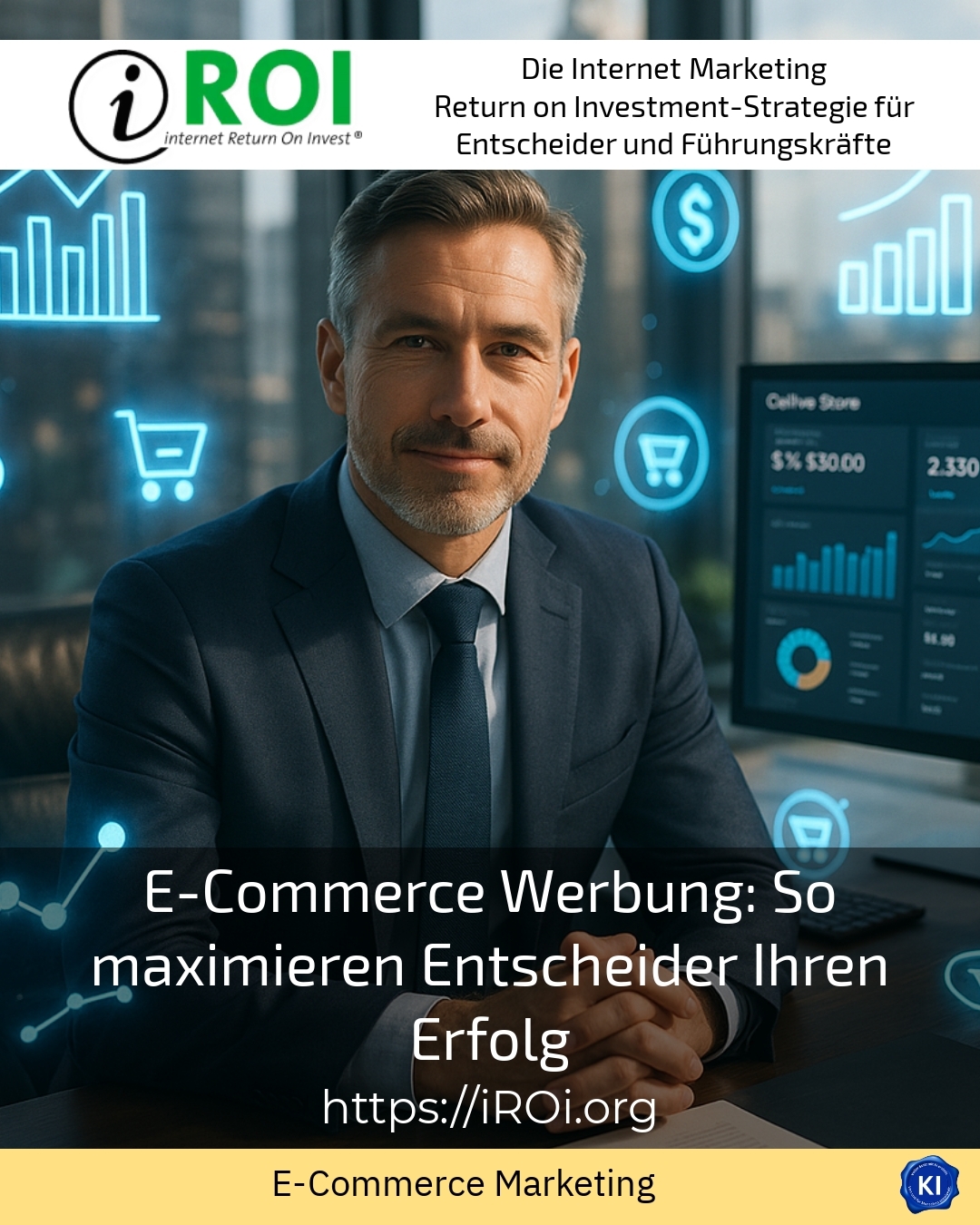Successful strategies for more sales and visibility in online retail
Many online retail managers are looking for ways to achieve sustainable success with their digital advertising. They want to know how they can make the best possible use of their investments and increase the visibility of their products. In doing so, it is important to tailor advertising to target groups and create individualised impulses that pick up users on their customer journey. This is especially true in the highly competitive online retail sector.
Sensible discounts and offer combinations as an instrument for increasing sales
Percentage discounts** are a tried and tested means of arousing the interest of customers. Small discounts of around 10 to 15 per cent encourage purchases, but larger discounts in clever combinations have also proven to be successful. For example, an offer such as "Buy 3 shirts and get 20 per cent off a pair of trousers" can encourage the sale of several items at the same time.
Similarly effective are so-called **multi-buy offers**. If users have their eye on a product, it is possible to motivate them to buy more with offers such as "Buy 2, get 1 free". Especially for low-priced items, this increases the average order value and increases customer loyalty to the shop.
Volume discounts** also incentivise purchases - the message "The more you buy, the more you save" resonates positively with savings-oriented customers. Various combinations such as "Save 10 per cent on the purchase of 2 items" or "20 per cent discount on 5 or more items" can be easily tailored to the target group through tests.
These strategies help decision-makers to utilise advertising budgets intelligently and create a positive customer experience.
SEO as a cornerstone for lasting visibility on the web
Decision-makers often report that they achieve a significantly improved reach with the sustainable promotion of their website through search engine optimisation (SEO). This is because, unlike pay-per-click advertising, SEO is not dependent on constantly providing new advertising budgets. The continuous optimisation of content and technology leads to higher organic visibility in the long term.
It is essential that websites are technically clean: fast loading times, mobile-friendliness and a clear structure are all part of this. At the same time, careful keyword research makes it possible to target precisely the terms that potential buyers are looking for.
In addition, informative content offers real added value that convinces visitors. This makes it possible not only to generate short-term clicks, but also to build a lasting relationship. The link to social media further increases the reach and optimally utilises the opportunities of the digital ecosystem.
Best practice at company XYZ (name changed due to NDA contract)
An online retailer from the fashion sector has significantly increased its visibility through the consistent use of SEO-optimised blog posts. Thematically focussed on sustainable fashion and care tips for textiles, it specifically attracted environmentally conscious customers. The customer-centred content significantly improved the positions in the search results and led to a measurable increase in sales.
PPC campaigns and their role in the e-commerce mix
While SEO relies on organic traffic, pay-per-click (PPC) campaigns are an important addition. Paid adverts create quick visibility and reach, especially for new products or seasonal promotions. Decision-makers use PPC in a targeted manner to increase their brand presence and attract highly qualified visitors.
Measures such as targeted keyword targeting, attractive ad texts with clear unique selling points and shopping campaigns that make product details directly visible are recommended. Retargeting visitors who have not yet completed the purchase process also plays an important role.
Best practice at ABC (name changed due to NDA contract)
An electronics supplier used targeted PPC campaigns to increase conversion rates during special promotional periods. By incorporating product reviews and clear call-to-actions, the ad performance was optimised. The advertising measures were continuously adapted based on the data, which led to an efficient use of the budget.
Content marketing and blogging as a catalyst for more engagement
Many decision-makers report that well-placed and relevant blog posts strengthen user trust. A blog offers space for detailed information that answers typical questions of the target group and convinces with added value. In this way, communication goes beyond pure product advertising and creates stronger customer loyalty.
A well thought-out content strategy that is closely aligned with the search habits of customers leads to better findability and more organic traffic. For sectors such as fashion, technology or household goods, this opens up a wide range of communication opportunities.
Best practice at DEF (name changed due to NDA contract)
A supplier of kitchen accessories set up a blog with recipe ideas and tips for cooking. This content exactly met the wishes and needs of the target group. The result was a dedicated community that regularly visited the online shop and generated new customers through referral marketing.
My analysis
If you want to position yourself successfully in the field of e-commerce advertising, you should rely on a combination of strategies. Discount campaigns and volume offers help with sales in the short term, while SEO and content marketing create long-term visibility. PPC is also a targeted tool for quickly generating reach and addressing potential customers. Decision-makers benefit from cleverly dovetailing these tools and constantly responding to the needs of their target groups. Intensive coaching in particular can provide valuable impetus to overcome individual challenges in the project and optimise campaigns.
Further links from the text above:
[1] 10 proven e-commerce marketing strategies
[2] What is SEO advertising? Online Marketing Glossary
[4] E-commerce marketing: 3 strategies for success
[5] E-commerce SEO 2025: 13 tips for online shops
For more information and if you have any questions, please contact Contact us or read more blog posts on the topic TRANSRUPTION here.
















